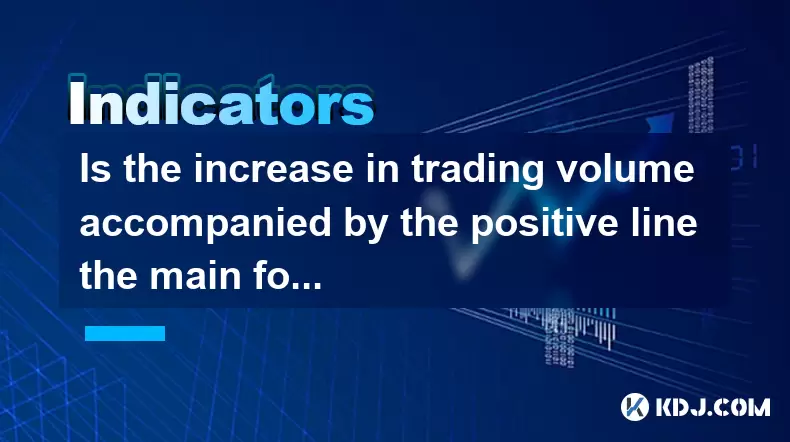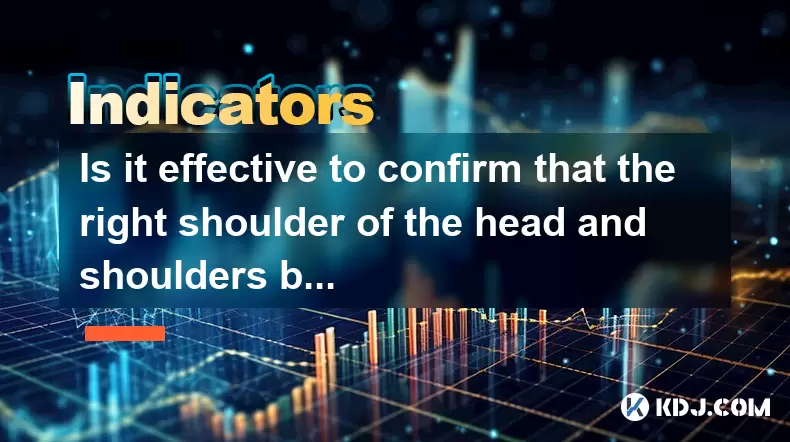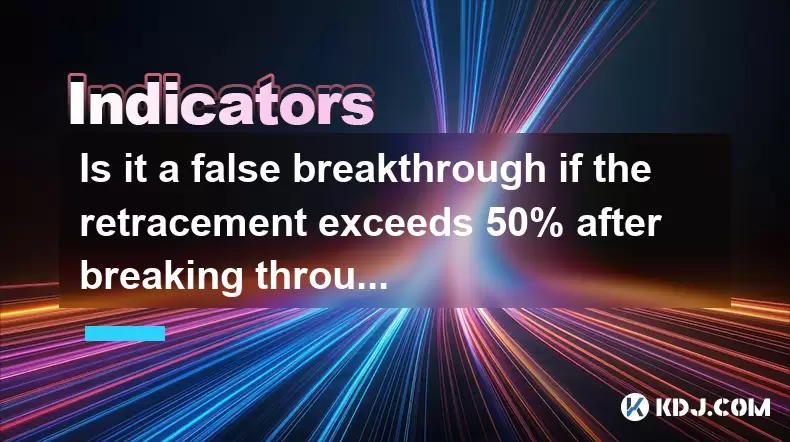-
 Bitcoin
Bitcoin $106,754.6083
1.33% -
 Ethereum
Ethereum $2,625.8249
3.80% -
 Tether USDt
Tether USDt $1.0001
-0.03% -
 XRP
XRP $2.1891
1.67% -
 BNB
BNB $654.5220
0.66% -
 Solana
Solana $156.9428
7.28% -
 USDC
USDC $0.9998
0.00% -
 Dogecoin
Dogecoin $0.1780
1.14% -
 TRON
TRON $0.2706
-0.16% -
 Cardano
Cardano $0.6470
2.77% -
 Hyperliquid
Hyperliquid $44.6467
10.24% -
 Sui
Sui $3.1128
3.86% -
 Bitcoin Cash
Bitcoin Cash $455.7646
3.00% -
 Chainlink
Chainlink $13.6858
4.08% -
 UNUS SED LEO
UNUS SED LEO $9.2682
0.21% -
 Avalanche
Avalanche $19.7433
3.79% -
 Stellar
Stellar $0.2616
1.64% -
 Toncoin
Toncoin $3.0222
2.19% -
 Shiba Inu
Shiba Inu $0.0...01220
1.49% -
 Hedera
Hedera $0.1580
2.75% -
 Litecoin
Litecoin $87.4964
2.29% -
 Polkadot
Polkadot $3.8958
3.05% -
 Ethena USDe
Ethena USDe $1.0000
-0.04% -
 Monero
Monero $317.2263
0.26% -
 Bitget Token
Bitget Token $4.5985
1.68% -
 Dai
Dai $0.9999
0.00% -
 Pepe
Pepe $0.0...01140
2.44% -
 Uniswap
Uniswap $7.6065
5.29% -
 Pi
Pi $0.6042
-2.00% -
 Aave
Aave $289.6343
6.02%
Is the increase in trading volume accompanied by the positive line the main force entering the market?
Rising crypto prices with increasing volume often signal strong demand, but distinguishing real institutional buying from manipulation requires on-chain and order flow analysis.
Jun 16, 2025 at 09:35 pm

Understanding the Relationship Between Trading Volume and Price Trends
When analyzing cryptocurrency markets, trading volume is often seen as a critical indicator of market sentiment. Many traders believe that an increase in trading volume accompanied by a rising price (positive line) suggests that major investors or institutional players are entering the market. However, this belief requires deeper scrutiny.
In technical analysis, a rising price with increasing volume is generally interpreted as confirmation of a trend. This means that more participants are willing to buy at higher prices, which can indicate strong demand. In the context of cryptocurrencies, where volatility is high and liquidity varies across assets, such signals become even more significant.
The Role of Institutional Investors in Market Dynamics
One of the key questions that arises is whether increased trading volume with upward movement is driven by retail traders or institutional entities. Institutional investors typically enter the market in large volumes, which can significantly impact both price and volume metrics. These entities often operate through over-the-counter (OTC) desks or directly on exchanges, making their activity harder to track for individual traders.
To determine if institutions are behind a surge in volume, one must analyze order book depth, whale wallet movements, and exchange inflows/outflows. Tools like on-chain analytics platforms (e.g., Glassnode, Chainalysis) provide insights into large transactions and accumulation patterns. When these tools show a consistent flow of funds from known institutional wallets, it strengthens the argument that big players are indeed entering the market.
Volume Spikes and Their Implications for Retail Traders
For retail traders, understanding volume spikes alongside price increases is crucial. A sudden spike in volume without a clear fundamental reason may suggest manipulation or wash trading, especially on smaller exchanges. Conversely, sustained volume growth over several days, coupled with positive news or macroeconomic developments, could reflect genuine interest from larger market participants.
Retail traders should look at multiple timeframes—such as 1-hour, 4-hour, and daily charts—to verify whether the volume increase aligns with broader trends. Using volume-weighted average price (VWAP) can also help identify whether the current price level is supported by substantial buying pressure.
Additionally, traders should cross-reference volume data with other indicators like Relative Strength Index (RSI), Moving Average Convergence Divergence (MACD), and order flow analysis. These tools together can paint a clearer picture of whether the volume is indicative of real market strength or just short-term noise.
How to Identify Genuine Accumulation Patterns
Accumulation occurs when large buyers gradually purchase an asset without causing a sharp price rise. This is often reflected in steady volume increases over time with minimal price volatility. Identifying such patterns involves looking at candlestick formations, particularly during sideways or slightly declining phases.
Key steps include:
- Monitoring the balance between buyer and seller initiated trades using metrics like volume delta.
- Observing support levels where price repeatedly bounces despite low volatility.
- Watching for decreasing selling pressure as volume declines during dips but rises during rallies.
Tools like Smart Money Concepts (SMC) focus on how professional traders behave around key levels. Understanding these behaviors helps retail traders distinguish between genuine accumulation and random market fluctuations.
Differentiating Between Real Demand and Artificial Volume
Not all volume increases point to real demand. Artificial volume, often generated through wash trading or bot activity, can mislead traders into believing there’s strong market interest. This is particularly common on lower-tier exchanges that lack transparency.
To differentiate:
- Check if the volume corresponds with actual on-chain transfers.
- Compare volume figures across different exchanges—if only one exchange shows abnormal volume, it's suspicious.
- Look for unusual spikes in volume that don't align with news or events.
Platforms like CoinGecko and CoinMarketCap offer trust scores for exchanges, which can help assess the reliability of reported volume data. Using decentralized exchange (DEX) analytics can also provide a clearer view of organic trading activity.
Frequently Asked Questions
Q: Can high trading volume occur without price movement?
Yes, this phenomenon is known as volume without price change and often indicates a tug-of-war between buyers and sellers. It may precede a breakout once one side gains control.
Q: Is it possible for price to rise without an increase in volume?
Absolutely. A price rally without volume can sometimes signal a lack of conviction among buyers. This situation may result in weak rallies that quickly reverse unless followed by genuine volume growth.
Q: How does volume differ between spot and futures markets?
Futures markets often see higher volume due to leverage and speculative trading. Spot volume reflects actual ownership transfer, while futures volume includes positions opened and closed without physical delivery.
Q: What tools can I use to analyze volume effectively?
Popular tools include TradingView for chart-based volume analysis, Glassnode for on-chain volume insights, and CryptoQuant for exchange flow monitoring. Combining these gives a comprehensive view of volume dynamics.
Disclaimer:info@kdj.com
The information provided is not trading advice. kdj.com does not assume any responsibility for any investments made based on the information provided in this article. Cryptocurrencies are highly volatile and it is highly recommended that you invest with caution after thorough research!
If you believe that the content used on this website infringes your copyright, please contact us immediately (info@kdj.com) and we will delete it promptly.
- 2025-W Uncirculated American Gold Eagle and Dr. Vera Rubin Quarter Mark New Products
- 2025-06-13 06:25:13
- Ruvi AI (RVU) Leverages Blockchain and Artificial Intelligence to Disrupt Marketing, Entertainment, and Finance
- 2025-06-13 07:05:12
- H100 Group AB Raises 101 Million SEK (Approximately $10.6 Million) to Bolster Bitcoin Reserves
- 2025-06-13 06:25:13
- Galaxy Digital CEO Mike Novogratz Says Bitcoin Will Replace Gold and Go to $1,000,000
- 2025-06-13 06:45:13
- Trust Wallet Token (TWT) Price Drops 5.7% as RWA Integration Plans Ignite Excitement
- 2025-06-13 06:45:13
- Ethereum (ETH) Is in the Second Phase of a Three-Stage Market Cycle
- 2025-06-13 07:25:13
Related knowledge

How to interpret the low opening the next day after the long lower shadow hits the bottom?
Jun 18,2025 at 12:22am
Understanding the Long Lower Shadow Candlestick PatternIn technical analysis, a long lower shadow candlestick is often seen as a potential reversal signal in a downtrend. This pattern occurs when the price opens, trades significantly lower during the session, but then recovers to close near the opening price or slightly above. The long wick at the botto...

How strong is the MACD golden cross below the zero axis?
Jun 17,2025 at 11:00pm
Understanding the MACD Indicator in Cryptocurrency TradingThe Moving Average Convergence Divergence (MACD) is one of the most widely used technical indicators among cryptocurrency traders. It helps identify potential trend reversals, momentum shifts, and entry or exit points. The MACD consists of three main components: the MACD line, the signal line, an...

How effective is the golden cross of the William indicator double line in the oversold area?
Jun 17,2025 at 11:56pm
Understanding the William Indicator and Its Double Line SetupThe William %R (Williams Percent Range) is a momentum oscillator used to identify overbought or oversold conditions in a market. It ranges from 0 to -100, with readings above -20 considered overbought and below -80 deemed oversold. The double line setup refers to plotting two different timefra...

Is it effective to confirm that the right shoulder of the head and shoulders bottom volume at the 30-minute level is enlarged?
Jun 17,2025 at 11:42pm
Understanding the Head and Shoulders Pattern in Cryptocurrency TradingThe head and shoulders pattern is one of the most recognized reversal patterns in technical analysis, especially within cryptocurrency trading. It typically signals a potential shift from a bullish trend to a bearish one. This pattern consists of three peaks: the left shoulder, the he...

Is the evening star in the daily rising channel effective?
Jun 18,2025 at 12:08am
Understanding the Evening Star Pattern in Cryptocurrency TradingThe evening star is a well-known candlestick pattern used by traders to identify potential reversals from an uptrend to a downtrend. In the context of cryptocurrency, where price volatility is high and trends can shift rapidly, understanding how reliable this pattern is becomes crucial. The...

Is it a false breakthrough if the retracement exceeds 50% after breaking through the platform?
Jun 17,2025 at 08:01pm
Understanding Breakouts and Retracements in Cryptocurrency TradingIn cryptocurrency trading, breakouts refer to when the price of an asset moves beyond a defined support or resistance level with increased volume. These events often attract traders looking to capitalize on momentum. However, not all breakouts are valid. A false breakout, also known as a ...

How to interpret the low opening the next day after the long lower shadow hits the bottom?
Jun 18,2025 at 12:22am
Understanding the Long Lower Shadow Candlestick PatternIn technical analysis, a long lower shadow candlestick is often seen as a potential reversal signal in a downtrend. This pattern occurs when the price opens, trades significantly lower during the session, but then recovers to close near the opening price or slightly above. The long wick at the botto...

How strong is the MACD golden cross below the zero axis?
Jun 17,2025 at 11:00pm
Understanding the MACD Indicator in Cryptocurrency TradingThe Moving Average Convergence Divergence (MACD) is one of the most widely used technical indicators among cryptocurrency traders. It helps identify potential trend reversals, momentum shifts, and entry or exit points. The MACD consists of three main components: the MACD line, the signal line, an...

How effective is the golden cross of the William indicator double line in the oversold area?
Jun 17,2025 at 11:56pm
Understanding the William Indicator and Its Double Line SetupThe William %R (Williams Percent Range) is a momentum oscillator used to identify overbought or oversold conditions in a market. It ranges from 0 to -100, with readings above -20 considered overbought and below -80 deemed oversold. The double line setup refers to plotting two different timefra...

Is it effective to confirm that the right shoulder of the head and shoulders bottom volume at the 30-minute level is enlarged?
Jun 17,2025 at 11:42pm
Understanding the Head and Shoulders Pattern in Cryptocurrency TradingThe head and shoulders pattern is one of the most recognized reversal patterns in technical analysis, especially within cryptocurrency trading. It typically signals a potential shift from a bullish trend to a bearish one. This pattern consists of three peaks: the left shoulder, the he...

Is the evening star in the daily rising channel effective?
Jun 18,2025 at 12:08am
Understanding the Evening Star Pattern in Cryptocurrency TradingThe evening star is a well-known candlestick pattern used by traders to identify potential reversals from an uptrend to a downtrend. In the context of cryptocurrency, where price volatility is high and trends can shift rapidly, understanding how reliable this pattern is becomes crucial. The...

Is it a false breakthrough if the retracement exceeds 50% after breaking through the platform?
Jun 17,2025 at 08:01pm
Understanding Breakouts and Retracements in Cryptocurrency TradingIn cryptocurrency trading, breakouts refer to when the price of an asset moves beyond a defined support or resistance level with increased volume. These events often attract traders looking to capitalize on momentum. However, not all breakouts are valid. A false breakout, also known as a ...
See all articles

























































































